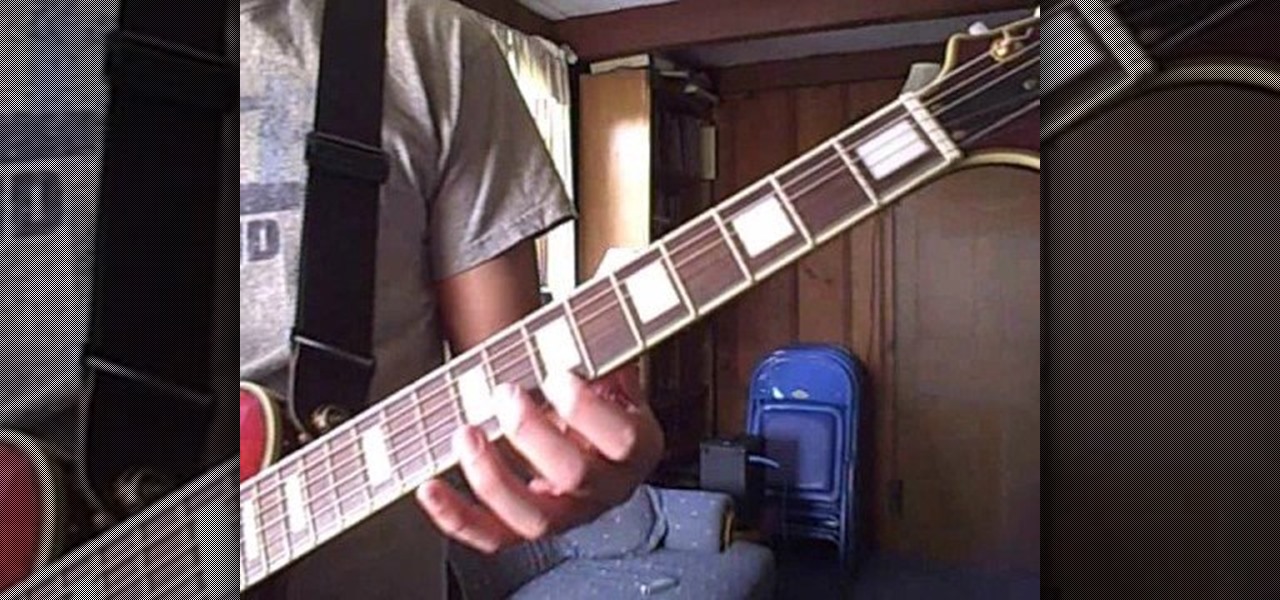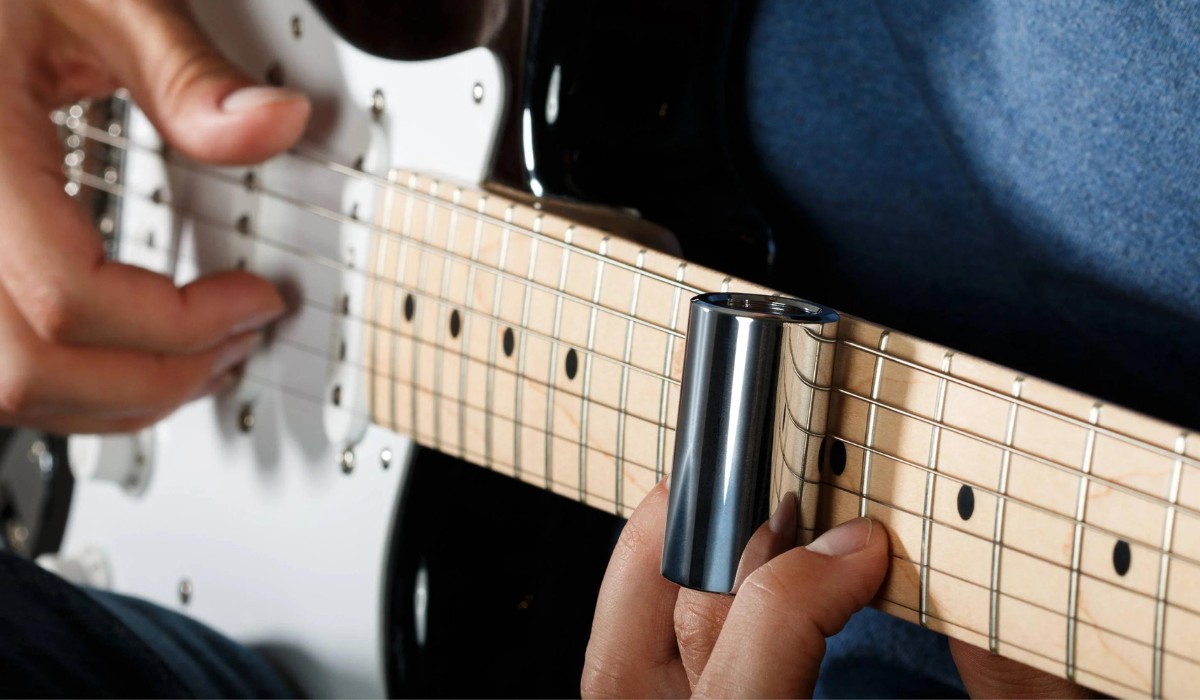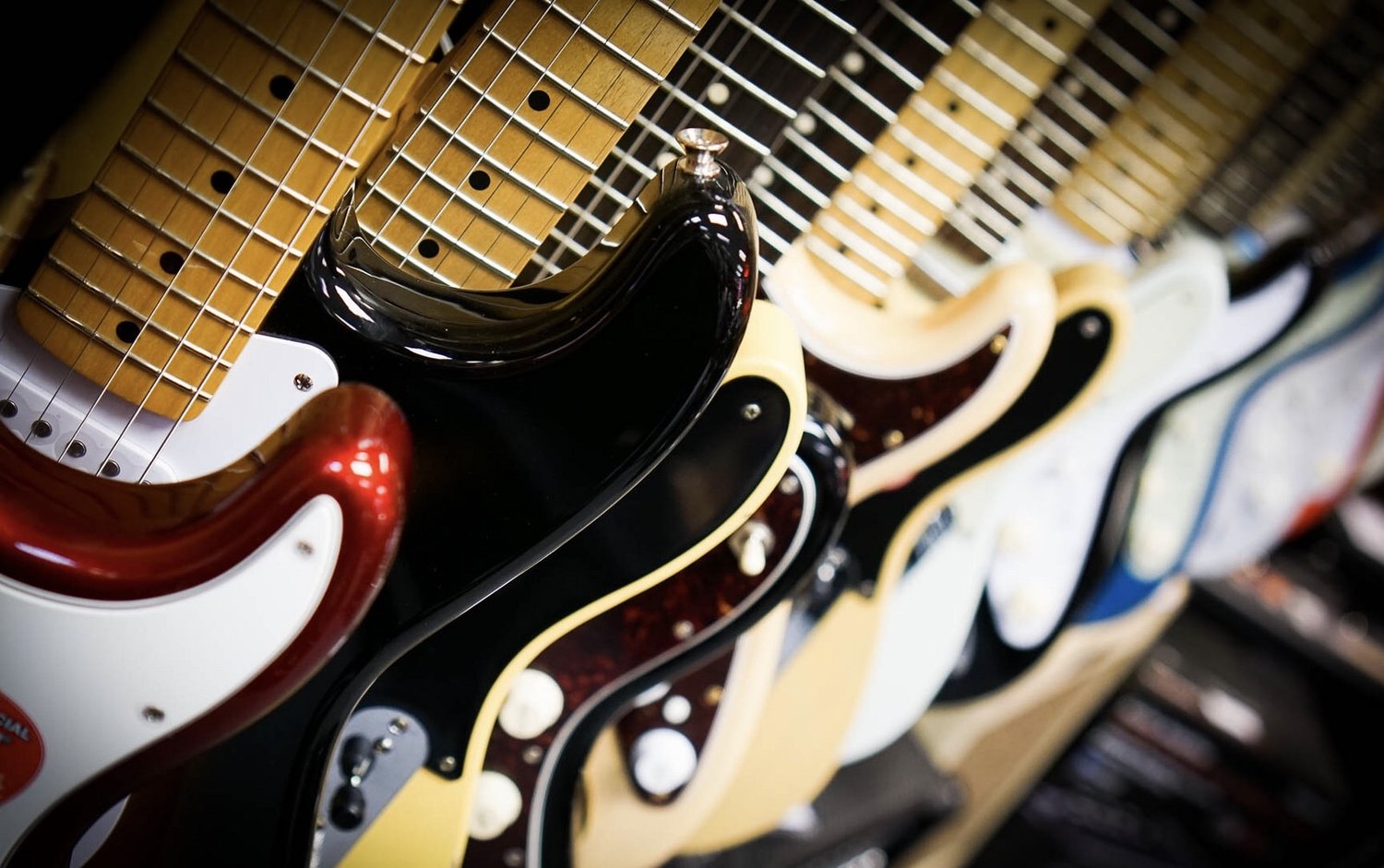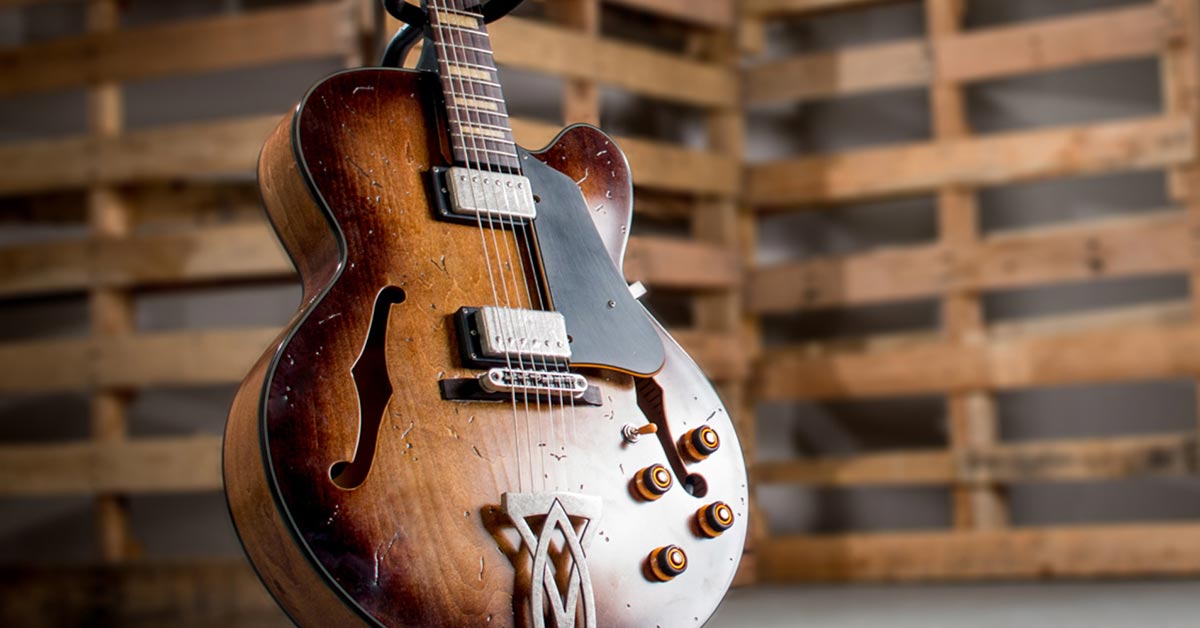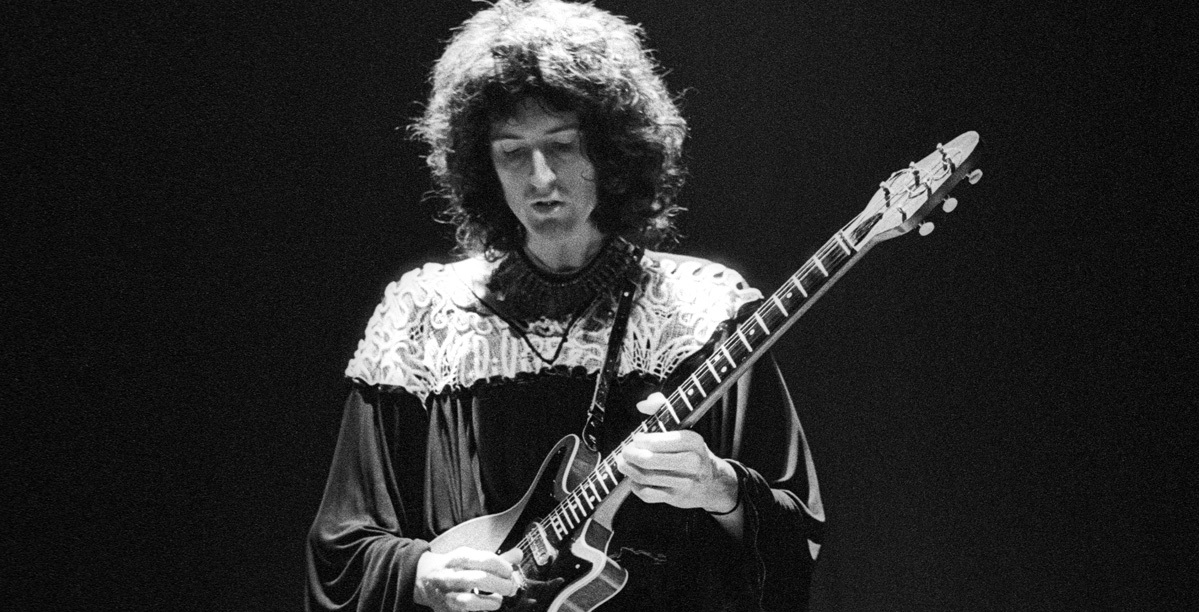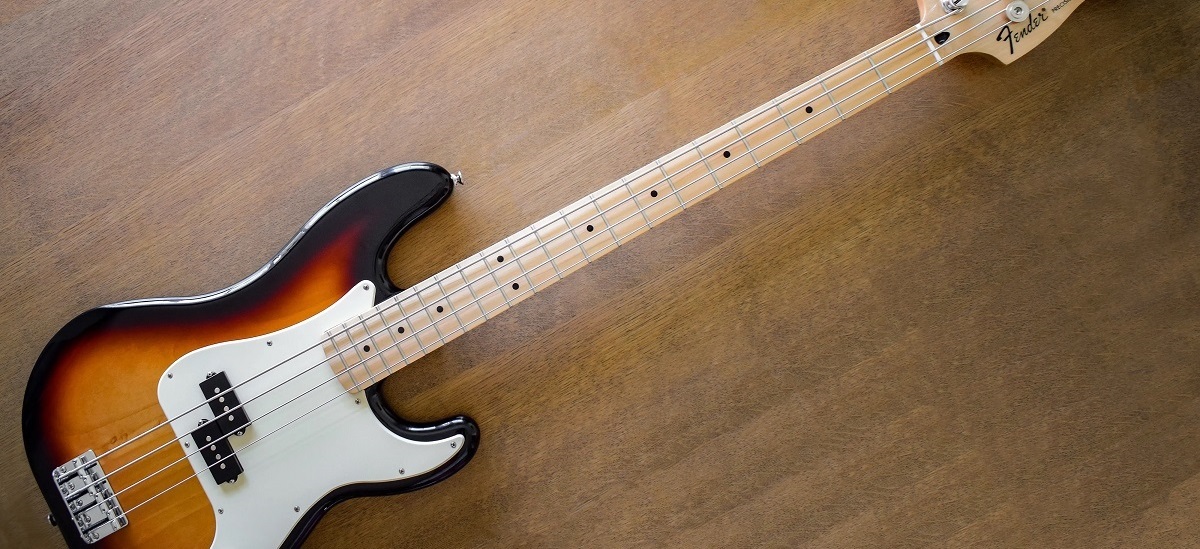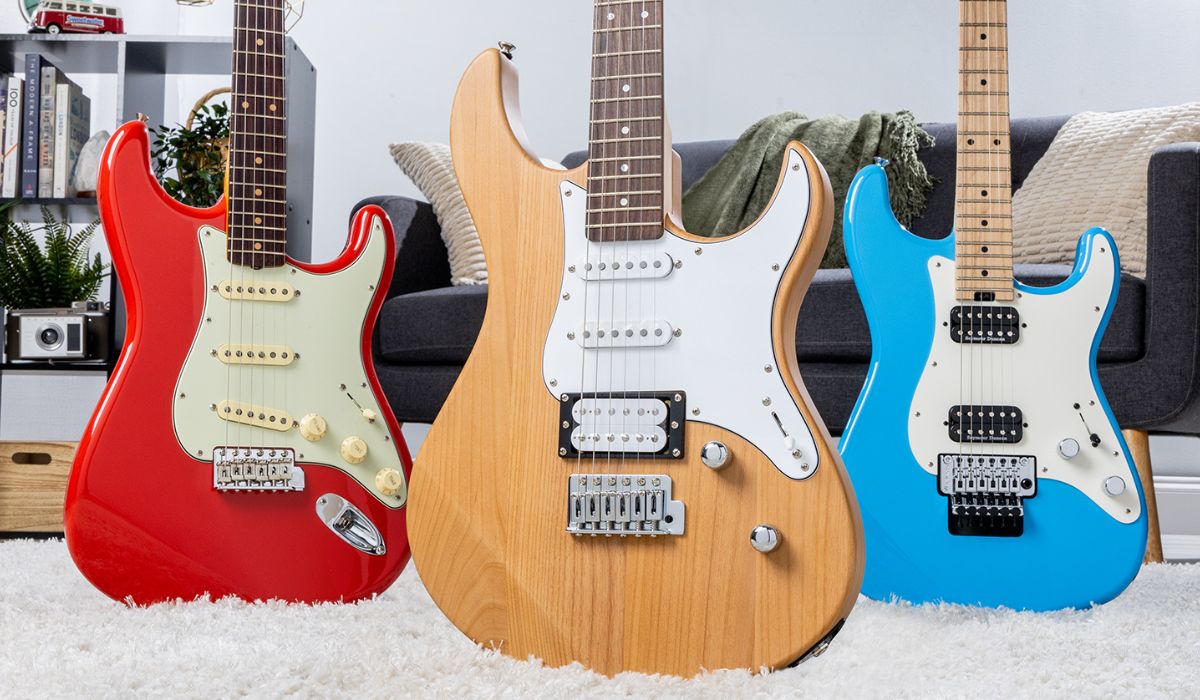Introduction
So, you've got an electric guitar and a burning desire to play the blues. Congratulations, you're about to embark on a musical journey that's as soulful as it is electrifying. The blues is a genre that's deeply rooted in emotion, storytelling, and raw, unbridled expression. It's a genre that has the power to captivate audiences and transport them to another time and place. And as a guitarist, you have the opportunity to channel your inner bluesman and create music that resonates with the very essence of the human experience.
Playing the blues on an electric guitar is more than just hitting the right notes; it's about infusing each note with feeling, bending strings to evoke emotion, and letting your soul sing through your instrument. Whether you're a beginner or an experienced guitarist looking to delve into the blues, this guide will equip you with the essential knowledge and techniques to start playing the blues on your electric guitar with confidence and finesse.
In this guide, we'll explore the foundational elements of blues guitar, including the iconic 12-bar blues progression, essential techniques such as bending, vibrato, and sliding, as well as the scales and licks that form the bedrock of blues improvisation. Moreover, we'll delve into the nuances of adding soul and emotion to your playing, because in the blues, it's not just about what you play, but how you play it. Additionally, we'll provide valuable tips for improvising in the blues genre, empowering you to express your unique voice and style on the fretboard.
So, grab your electric guitar, plug in your amplifier, and get ready to dive into the world of blues guitar. Whether you're drawn to the wailing laments of the Delta blues, the gritty urban sounds of Chicago blues, or the searing intensity of blues-rock, this guide will set you on the path to becoming a proficient and impassioned blues guitarist. Let's infuse your playing with soul, tell stories through your strings, and unleash the captivating power of the blues.
Understanding the 12-Bar Blues Progression
At the heart of the blues lies the iconic 12-bar blues progression, a fundamental structure that underpins countless blues compositions. This timeless sequence of chords forms the backbone of the genre, providing a framework for expressive storytelling and musical exploration. Understanding the 12-bar blues progression is essential for any guitarist looking to delve into the world of blues, as it serves as the canvas upon which the blues narrative unfolds.
The 12-bar blues progression follows a specific pattern, typically consisting of three chords: the I, IV, and V chords of a given key. For instance, in the key of E, the 12-bar blues progression would commonly feature the chords E7, A7, and B7. This sequence of chords is structured into 12 measures, with each measure typically containing one chord. The beauty of the 12-bar blues lies in its simplicity and flexibility, allowing for endless variations and improvisational opportunities.
One of the defining characteristics of the 12-bar blues is its emotive and repetitive nature. The cyclical nature of the progression creates a sense of familiarity and emotional resonance, drawing listeners into the narrative of the music. As a guitarist, mastering the 12-bar blues progression opens the door to a myriad of creative possibilities, from crafting evocative rhythm parts to unleashing soul-stirring solos.
Moreover, the 12-bar blues progression serves as a common language for musicians, enabling seamless communication and collaboration during jam sessions and performances. Its universal appeal and inherent groove make it a staple in the repertoire of blues artists across generations and geographical boundaries.
Whether you’re playing a slow, mournful blues in a dimly lit club or a high-energy, uptempo blues-rock anthem on a festival stage, the 12-bar blues progression remains a constant companion, guiding you through the ebb and flow of the music. It’s a canvas for self-expression, a springboard for improvisation, and a timeless tradition that continues to resonate with audiences worldwide.
As you embark on your blues guitar journey, familiarizing yourself with the 12-bar blues progression is akin to unlocking the door to a rich and storied musical heritage. It’s a journey that invites you to immerse yourself in the heartfelt melodies, the poignant lyrics, and the enduring spirit of the blues. So, grab your guitar, internalize the 12-bar blues progression, and let the music take you on a soul-stirring odyssey through the heart of the blues.
Essential Blues Guitar Techniques
Mastering the art of blues guitar entails honing a set of essential techniques that define the genre’s expressive and emotive playing style. From soulful bends to gritty vibrato, these techniques form the cornerstone of blues guitar proficiency, allowing players to infuse their music with raw emotion and captivating flair.
Bending: One of the most defining characteristics of blues guitar is the expressive use of string bends. By bending a note, players can add vocal-like inflections to their phrases, evoking a sense of longing and yearning. Whether executing a subtle micro-bend or a dramatic whole-step bend, mastering this technique is crucial for imbuing your playing with the soulful nuances that define the blues.
Vibrato: Vibrato is a pulsating, oscillating effect applied to a sustained note, adding depth and character to the sound. In blues guitar, vibrato is often wide and expressive, creating a rich and emotive timbre that resonates with the listener’s emotions. Developing control and finesse in your vibrato technique is integral to crafting evocative and compelling blues phrases.
Slide Guitar: Utilizing a slide, whether a glass bottleneck or metal tube, allows guitarists to produce haunting, ethereal sounds that are synonymous with the blues. Sliding along the strings imparts a distinctive, wailing quality to the notes, enabling players to emulate the mournful cries of the human voice. Learning to navigate the fretboard with a slide opens up a world of evocative possibilities in blues guitar playing.
Fingerstyle and Hybrid Picking: Blues guitar often incorporates fingerstyle and hybrid picking techniques to achieve a dynamic and nuanced sound. Fingerstyle playing enables the guitarist to pluck individual strings with precision, while hybrid picking combines pick and finger techniques for added dexterity and expressiveness. These approaches empower players to create intricate melodic patterns and articulate the subtleties of the blues with finesse.
Rhythm Playing: In the blues, rhythm playing is as vital as lead playing, providing the foundation for the music’s groove and feel. Mastering essential rhythm techniques such as palm muting, shuffle rhythms, and chord stabs is essential for driving the blues forward with irresistible momentum and attitude.
By embracing and mastering these essential blues guitar techniques, you’ll not only elevate your playing to new heights of expressiveness and authenticity but also forge a deep connection with the rich tradition and spirit of the blues. These techniques serve as the building blocks for creating soul-stirring melodies, evocative solos, and compelling rhythmic accompaniments that reverberate with the timeless allure of the blues.
Blues Guitar Scales and Licks
Exploring blues guitar scales and licks is akin to delving into a treasure trove of melodic and expressive possibilities. These foundational elements empower guitarists to navigate the emotional landscape of the blues, infusing their playing with evocative melodies and captivating improvisations. Understanding the essential scales and licks in the blues genre is paramount for developing a rich and nuanced musical vocabulary that captures the essence of this timeless art form.
Minor Pentatonic Scale: The minor pentatonic scale is the bedrock of blues guitar soloing, revered for its emotive and versatile nature. Spanning five notes per octave, this scale encapsulates the soulful essence of the blues, providing a palette for crafting poignant and memorable solos. Its characteristic intervals lend themselves to expressive bends, making it a go-to scale for conveying raw emotion and storytelling through the guitar.
Blues Scale: Building upon the minor pentatonic scale, the blues scale introduces the “blue note,” a flattened fifth that infuses the scale with a distinctively bluesy flavor. This added note injects tension and yearning into the melodic phrases, contributing to the signature sound of blues guitar playing. Mastery of the blues scale empowers guitarists to evoke the full spectrum of blues emotions, from melancholy laments to fiery, impassioned expressions.
Turnarounds and Licks: Turnarounds and licks are the melodic ornaments that embellish blues compositions and solos, adding flair and personality to the music. Turnarounds, often played at the end of a 12-bar blues progression, serve as transitional phrases that lead back to the beginning, infusing the music with rhythmic and melodic interest. Meanwhile, licks, short melodic motifs, and phrases, are the building blocks of blues improvisation, allowing guitarists to weave captivating narratives and express their musical identity.
Call and Response: A hallmark of blues music, the call-and-response technique involves creating a musical dialogue between phrases. This interplay between a “call” phrase and a “response” phrase fosters dynamic storytelling and engages the listener in a captivating musical conversation. Mastering call-and-response licks not only adds depth and expressiveness to your playing but also cultivates a strong sense of musical communication and interaction.
By integrating blues guitar scales and licks into your playing, you’ll unlock the ability to communicate profound emotions, paint vivid sonic landscapes, and engage in spontaneous musical conversations that captivate audiences. These foundational elements serve as the building blocks for crafting evocative solos, improvising with confidence, and embodying the timeless spirit of the blues through your guitar.
Adding Soul and Emotion to Your Playing
Playing the blues isn’t just about hitting the right notes; it’s about infusing each note with raw emotion and soul-stirring expression. The ability to convey profound feelings and tell compelling stories through your guitar playing is a hallmark of the blues tradition. Whether you’re crafting a mournful ballad or unleashing a fiery solo, adding soul and emotion to your playing is essential for capturing the essence of the blues and resonating with listeners on a profound level.
Playing with Feeling: At the core of blues guitar is the imperative to play with feeling and conviction. Every note should resonate with intention and emotion, conveying the depth of human experience through the language of music. Whether you’re bending a string to evoke longing, infusing a passage with gritty intensity, or caressing the fretboard with delicate finesse, imbuing your playing with feeling is the key to forging a deep and authentic connection with your audience.
Storytelling Through Phrasing: In the blues, the art of phrasing is instrumental in conveying narratives and emotions. Crafting melodic phrases that ebb and flow, rise and fall, and breathe with organic spontaneity allows you to weave a musical tapestry that captivates the listener’s imagination. Each phrase becomes a chapter in a larger story, laden with the joys, sorrows, and triumphs of the human experience.
Dynamic Expression: Embracing dynamic expression in your playing amplifies the emotional impact of your music. From hushed whispers to impassioned wails, the interplay of soft and loud, gentle and intense, imbues your playing with a nuanced emotional depth. Dynamics allow you to sculpt the contours of your sound, eliciting a visceral response from your audience and drawing them into the rich emotional landscape of the blues.
Embracing Imperfection: The blues celebrates the raw, unvarnished aspects of human existence, and as a guitarist, embracing imperfection is integral to channeling the authentic spirit of the genre. The subtle nuances, the imperfect bends, and the raw, unfiltered timbres all contribute to the genuine and heartfelt nature of blues guitar playing. Embracing imperfection fosters an environment of vulnerability and honesty, inviting listeners to connect with the genuine essence of your music.
By embracing these principles and infusing your playing with soul and emotion, you’ll not only elevate your musical expression but also uphold the timeless tradition of the blues. Your guitar becomes a vessel for storytelling, a conduit for catharsis, and a medium for connecting with audiences on a profound and visceral level. As you delve into the world of blues guitar, remember that it’s not just about playing the right notes; it’s about playing with unbridled passion, evoking genuine emotion, and breathing life into every phrase you play.
Tips for Improvising in the Blues Genre
Improvisation lies at the heart of blues music, offering guitarists the freedom to express themselves with spontaneity, creativity, and emotional depth. Whether you’re jamming with fellow musicians or taking center stage for a scintillating solo, mastering the art of improvisation in the blues genre is a transformative journey that empowers you to unleash your musical voice and connect with the soul of the music.
Internalize the Blues Vocabulary: Immerse yourself in the language of the blues by listening to and learning from the masters. Study the phrasing, licks, and melodic motifs that define the blues genre, internalizing them until they become an intuitive part of your musical vocabulary. This deep familiarity with the blues tradition will serve as a wellspring of inspiration and guidance during improvisation.
Embrace the Call-and-Response Dynamic: Emulate the call-and-response structure prevalent in blues music through your improvisation. Engage in a musical dialogue with your instrument, weaving phrases that call out and respond to one another. This dynamic interplay adds depth, narrative, and conversational flair to your improvisations, captivating listeners and fostering a sense of musical storytelling.
Explore Bending and Vibrato: Leveraging expressive techniques such as string bending and vibrato during improvisation infuses your playing with soulful character and emotional resonance. Experiment with varying degrees of bend and vibrato to convey a spectrum of moods, from plaintive longing to fiery exuberance. These techniques serve as emotive tools for shaping your improvisations and injecting them with raw, visceral emotion.
Develop Your Ear for Phrasing: Cultivate a keen ear for melodic phrasing and musical nuance. Listen attentively to the interplay of notes, the rise and fall of melodies, and the subtle articulations that imbue blues music with its distinctive expressiveness. By honing your ear, you’ll intuitively craft melodic passages that flow organically and resonate deeply with the emotional core of the blues.
Embrace Spontaneity and Authenticity: Allow your improvisations to unfold with spontaneity and authenticity, embracing the raw, unscripted nature of the blues. Trust your instincts, channel your emotions, and let your musical intuition guide your playing. Embracing the unexpected and the unpolished fosters a genuine connection with the essence of the blues, enabling you to convey unfiltered emotions and stories through your improvisations.
By incorporating these tips into your approach to improvisation, you’ll embark on a transformative journey of self-expression and musical discovery within the blues genre. Your improvisations become a canvas for personal storytelling, a conduit for unbridled creativity, and a testament to the enduring vitality of the blues tradition. With each spontaneous phrase and heartfelt bend, you breathe life into the timeless art of blues improvisation, captivating audiences and reaffirming the profound emotional resonance of the genre.
Conclusion
Congratulations on embarking on your blues guitar journey! As you’ve delved into the foundational elements of the blues, from the iconic 12-bar blues progression to essential techniques, scales, and the art of improvisation, you’ve uncovered the soulful essence of this timeless genre. The blues isn’t merely a style of music; it’s a profound expression of the human experience, a musical narrative that resonates with the joys, sorrows, and triumphs of life.
Armed with an understanding of the 12-bar blues progression, you’ve unlocked the framework for crafting evocative blues compositions and improvisations. The essential techniques you’ve embraced, from expressive bending to dynamic rhythm playing, have imbued your playing with the raw emotion and flair that define the blues. Moreover, by delving into blues guitar scales, licks, and the art of adding soul and emotion to your playing, you’ve cultivated a rich and nuanced musical vocabulary that empowers you to tell compelling stories through your strings.
As you venture forward, remember that the blues is a living, breathing tradition, one that invites you to infuse your unique voice and experiences into its timeless tapestry. Whether you find yourself captivated by the mournful wails of Delta blues, the electrifying energy of Chicago blues, or the searing passion of blues-rock, your journey as a blues guitarist is a testament to the enduring allure and vitality of the genre.
So, pick up your electric guitar, let your fingers dance across the fretboard, and allow the soul-stirring sounds of the blues to flow through you. Whether you’re performing for a crowd or savoring a private jam session, remember that the blues is a musical odyssey that invites you to explore the depths of emotion, creativity, and self-expression.
As you continue to hone your craft, embrace the imperfections, celebrate the spontaneity, and let your playing be a reflection of your authentic self. The blues isn’t about flawless execution; it’s about genuine emotion, unfiltered storytelling, and the unyielding spirit of resilience and hope.
So, go forth, immerse yourself in the blues, and let the timeless tradition of this genre guide you on a journey of self-discovery, musical revelation, and heartfelt connection. Your guitar becomes a conduit for the human experience, a vessel for unspoken truths, and a beacon of enduring passion. Embrace the blues, and let its soulful embrace carry you through a musical odyssey unlike any other.







